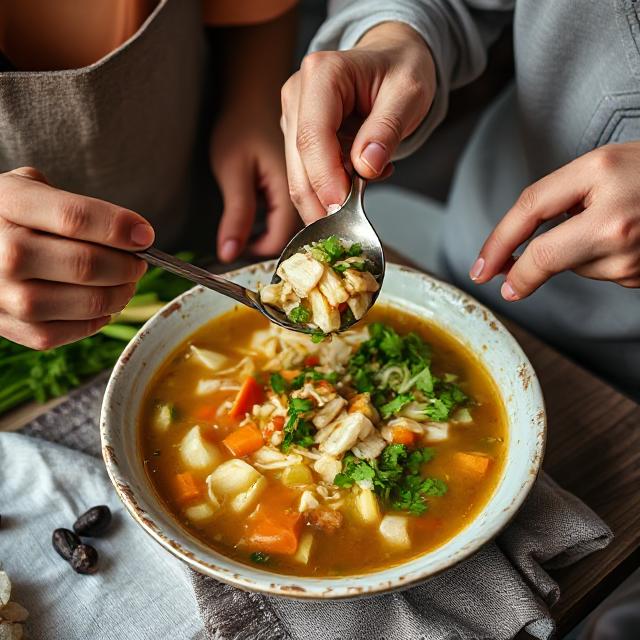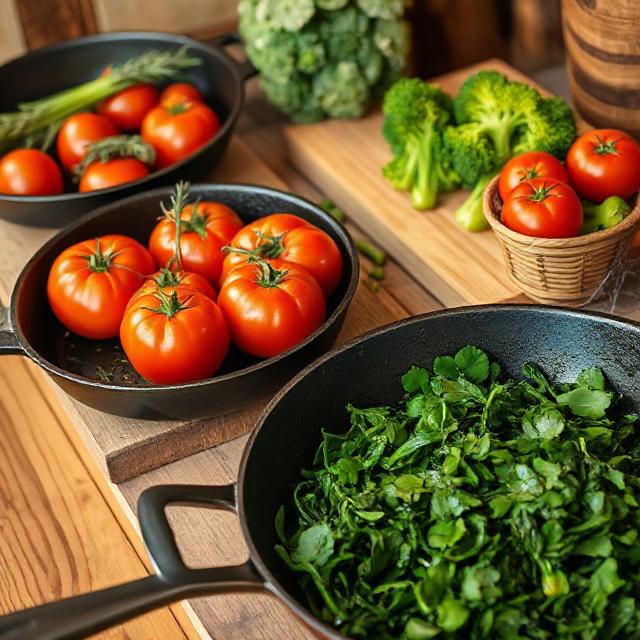Table of Contents
Introduction: It’s Not What You Eat, But What You Absorb
Nutrition is more than just food—it’s usable fuel for your cells, your brain, your body. You could consume the most nutrient-dense meals, yet gain little benefit if those nutrients never make it past your digestive lining and into your bloodstream.
That’s where nutrient absorption and bioavailability come in.
These twin pillars determine whether nutrients are just passing through… or whether they become part of your neurochemistry, your hormones, your mitochondria, and your vitality.
1. What Is Nutrient Absorption?
Nutrient absorption is the process by which digested food components—amino acids, fatty acids, sugars, vitamins, and minerals—are transferred from your digestive tract into your bloodstream or lymphatic system.
The process happens mostly in the small intestine, where millions of tiny finger-like projections called villi and microvilli absorb nutrients through passive or active transport.
Types of Nutrients Absorbed:
- Macronutrients → amino acids (protein), monosaccharides (carbs), fatty acids & glycerol (fats)
- Micronutrients → vitamins (water & fat-soluble), minerals, trace elements
- Phytonutrients → antioxidants, flavonoids, polyphenols
- Co-factors & enzymes → required for metabolic activity
2. What Is Bioavailability?
Bioavailability refers to the proportion of a nutrient that is absorbed and available for use or storage in the body. It varies by nutrient type, form, source, gut health, and even timing of consumption.
For example:
- Heme iron (from meat) is more bioavailable than non-heme iron (from plants)
- Fat-soluble vitamins (A, D, E, K) require dietary fat to be absorbed
- Curcumin (from turmeric) needs black pepper (piperine) or fat to be absorbed efficiently
Think of bioavailability as the efficiency score of your food.
3. The Journey of Absorption: Step-by-Step
1. Digestion
- Begins in the mouth with enzymes like amylase
- Continues in the stomach with HCl and pepsin
- Ends in the small intestine with enzymes from pancreas and bile from the liver
2. Breakdown into Absorbable Units
- Proteins → amino acids
- Fats → monoglycerides & fatty acids
- Carbs → glucose, fructose, galactose
3. Transport Through Intestinal Wall
- Passive diffusion (no energy)
- Active transport (requires ATP)
- Facilitated diffusion (requires carrier proteins)
4. Entry into Circulation
- Water-soluble nutrients enter the bloodstream directly
- Fat-soluble nutrients enter the lymphatic system before reaching the bloodstream
4. Factors That Influence Nutrient Absorption
1. Digestive Enzyme Activity
Low enzyme production (e.g. in aging, stress, or poor gut health) leads to incomplete breakdown and poor absorption.
2. Gut Lining Integrity
Conditions like leaky gut, celiac disease, or inflammation reduce absorptive surface area and compromise tight junctions.
3. Microbiome Balance
Beneficial bacteria aid in:
- Breaking down fibers into short-chain fatty acids
- Synthesizing vitamins like B12, K2
- Supporting gut wall integrity and immune response
4. Food Matrix and Processing
- Whole foods slow absorption and provide co-factors
- Highly processed foods spike glucose but offer poor micronutrient bioavailability
5. Nutrient Synergy
- Vitamin D enhances calcium absorption
- Vitamin C boosts iron absorption
- Magnesium supports vitamin D metabolism
6. Timing and Meal Composition
- Fat-soluble vitamins need dietary fat for uptake
- Fiber slows carb absorption, stabilizing insulin response
- Alcohol impairs uptake of B vitamins and zinc
5. Nutrients with Low Natural Bioavailability
| Nutrient | Bioavailability Challenge | Solution |
|---|---|---|
| Iron (non-heme) | Poor from plants | Pair with vitamin C |
| Curcumin | Rapidly degraded | Take with black pepper (piperine) or fat |
| Magnesium | Varies by form | Use glycinate, citrate, or malate |
| B12 | Needs intrinsic factor | Monitor in vegans or elderly |
| Zinc | Competes with iron | Avoid taking with iron supplements |
These nutrients require intentional pairing and timing to be used efficiently.
6. Enhancing Bioavailability Naturally
Eat a Variety of Whole Foods
Whole foods contain fiber, enzymes, cofactors, and beneficial compounds that aid nutrient delivery.
Combine Smartly
- Turmeric + black pepper = 2000% increase in curcumin absorption
- Spinach + lemon juice = improved plant iron bioavailability
- Avocado + leafy greens = better vitamin A (beta-carotene) uptake
Use Cooking Strategically
- Light steaming improves bioavailability of some minerals
- Fermenting foods (like sauerkraut) boosts gut bacteria and vitamin content
- Soaking/sprouting reduces phytic acid, a known mineral blocker
Optimize Gut Health
- Include prebiotics (onions, garlic, asparagus)
- Add probiotics (fermented foods, kefir, yogurt)
- Reduce inflammatory triggers (ultra-processed foods, alcohol, NSAIDs)
7. The Brain-Gut Connection: Why Absorption Matters for Mental Function
The brain depends on constant delivery of micronutrients like:
- B-complex for neurotransmitter synthesis
- Magnesium for NMDA receptor regulation
- Zinc for synaptic plasticity
- Iron for oxygen delivery and myelin formation
- Omega-3 fatty acids for membrane fluidity and anti-inflammatory signaling
If absorption is impaired—even with a good diet—brain fog, low mood, and poor focus can result.
The enteric nervous system (ENS) communicates directly with the brain via the vagus nerve. When digestion and absorption are compromised, inflammatory signals can reach the brain, altering mood, motivation, and memory.
8. Supplements and Bioavailability: A Word of Caution
Not all supplements are created equal.
Choose:
- Chelated minerals (e.g., magnesium glycinate over oxide)
- Methylated B-vitamins (like methylcobalamin and methylfolate)
- Liposomal delivery systems for fat-soluble nutrients
- Whole-food derived multivitamins when possible
Avoid:
- Megadoses without medical guidance
- Synthetic fillers, binders, and coatings
- Non-active or poorly absorbed forms (e.g., cyanocobalamin, magnesium oxide)
Supplements should complement a nutrient-dense diet—not compensate for it.
9. Research Highlights
- Journal of Nutrition (2021): Gut microbiota diversity directly influences absorption of iron and fat-soluble vitamins.
- Frontiers in Physiology (2020): Food matrix significantly alters absorption of plant-based polyphenols.
- Nutrients (2019): Vitamin synergy (especially A, D, K2, and magnesium) boosts whole-body bioavailability and function.
- Nature Reviews Gastroenterology (2022): Leaky gut reduces micronutrient transport and contributes to systemic inflammation.
Conclusion: Make Every Bite Count
Nutrient absorption and bioavailability are the missing links between diet and vitality.
It’s not just what’s on your plate—but what reaches your cells—that shapes your energy, clarity, and resilience.
You don’t need to eat more—you need to absorb smarter.
By supporting gut health, timing your nutrients, and understanding food synergy, you unlock the full potential of your meals—and nourish not just your body, but your brain.




